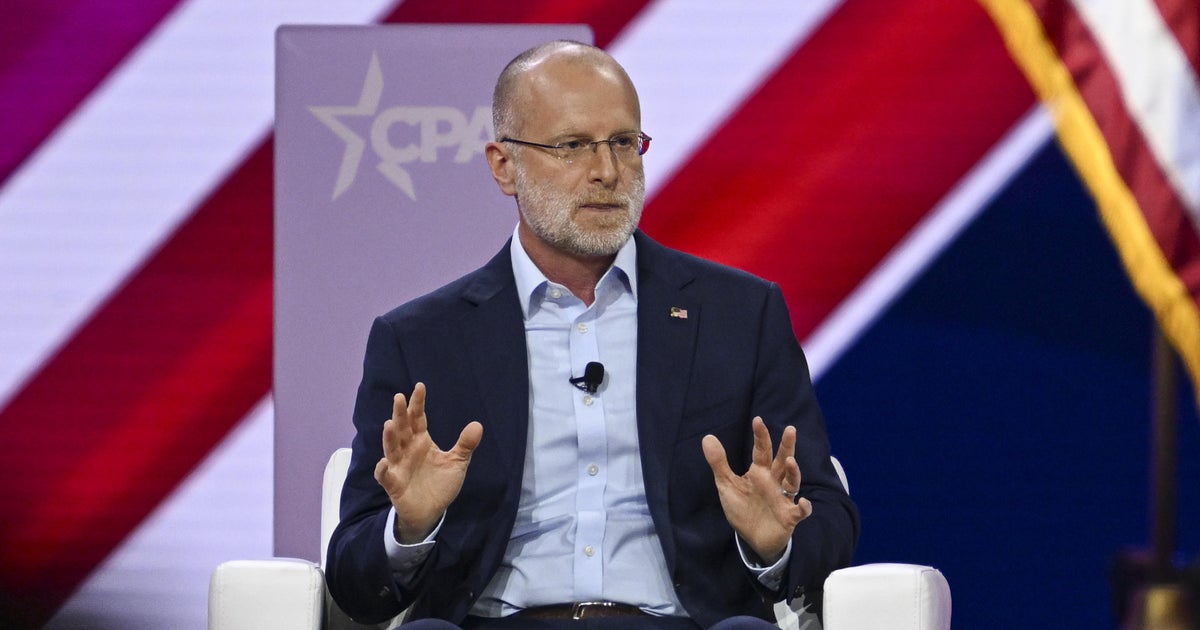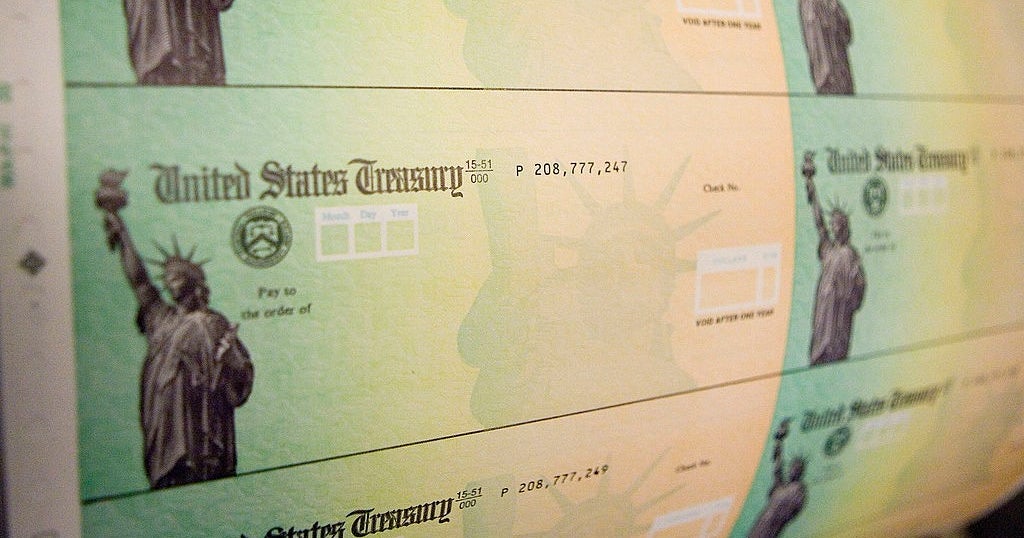Hurricane Laura threatens Trump's $300 additional unemployment aid
Hurricane Laura could put an even quicker end to President Donald Trump's temporary $300 weekly jobless aid.
Those benefits were projected to last about a month if every state applied for the aid, providing a bit more assistance to the economy as it struggles through the ongoing coronavirus pandemic. But Hurricane Laura could cut as much as a week off that estimate. Add to that the recent damage from other natural disasters, including Iowa's mid-August derecho and the wildfires raging in California, as well as promises the administration has made to provide PPE and other assistance related to the coronavirus, and the emergency unemployment assistance could run out as soon as mid-September.
"It all comes out of one pot," said Lars Anderson, a former Federal Emergency Management Agency official during the Obama administration. "We are just getting to the height of hurricane season. If these storms are catastrophic, the added financial strain of the emergency unemployment aid means money will be spent quickly, and Congress will have to find a way to get these funds back."
Mr. Trump's extra $300 in weekly jobless benefits is geared toward helping the 27 million workers who are currently collecting jobless aid, which typically replaces only a fraction of a worker's regular income. The $300 boost is less than the $600 additional benefit workers had been getting from the Coronavirus Aid, Relief and Economic Security Act, and which expired at the end of July.
But unlike the CARES Act's $600 payment, Mr. Trump's $300 aid was approved by executive order and not by Congress. Without Congressional approval, Mr. Trump was forced to tap FEMA's Disaster Relief Fund to make the payments.
Mr. Trump's executive order says the $300 a week emergency unemployment payments will end when the balance in FEMA's disaster fund falls to just $25 billion. Congressional Democrats have estimated that payouts will cost roughly $10 billion a week, if every state participates in the program. With about $40 billion in the fund left before the $25 billion cutoff, that translates to four weeks of payments.
Enter Hurricane Laura.
On Wednesday, Louisiana Governor John Bel Edwards predicted the hurricane would be a "large, powerful storm," similar in size and path to Hurricane Rita, which inflicted $25 billion worth of property damage on Texas and Louisiana in 2005.
FEMA's disaster fund paid out an estimated $50 billion in total relief for Hurricanes Katrina, Rita and Wilma, according to the Congressional Research Service. Katrina, by far the biggest of the three storms, did about four times the property damage of Rita.
As of the end of July, FEMA had $68 billion in its relief fund that was not already pledged toward some previous disaster recovery effort, according to the fund's most recent monthly report. That was before Iowa applied for nearly $4 billion in assistance from FEMA to deal with this month's storm damage. FEMA has approved some of that money, but far from all of it.
"Modest and inadequate"
On top of hurricanes, there are the California wildfires. FEMA contributed nearly $2 billion toward fighting fires in that state in 2017. The number of acres burned this year is close to surpassing all of 2017, with four months to go. FEMA has already said it would help cover costs of fighting the fires this year, but it hasn't detailed how much it plans to spend in California in total.
"Undoubtedly, COVID-19 combined with natural disaster response missions will stretch the pockets of FEMA's Disaster Relief Fund," said Mr. Trump's former FEMA administrator Brock Long, who headed the agency from early 2017 to early 2019 and is now executive chairman of Hagerty Consulting.
"However, if necessary, I am confident all parties will come to the table and provide the agency with the additional resources required to continue serving those in need across the country," Long added.
But others are not so sure. Evan Hollander, communications director for Democrats on the House Appropriations Committee, told CBS MoneyWatch that, while Democrats have never voted against funding for disasters, it was "outrageous" that Mr. Trump would deplete FEMA's fund on a "modest and inadequate unemployment scheme."
If FEMA runs low on funds, other types of relief could be scaled back, according to Barry Scanlon, who was a top FEMA official under Bill Clinton and is now president of public safety consulting firm DCMC. While the agency has more than enough money to deal with the initial response to Hurricane Laura, unfunded projects — like the continued reconstruction effort in Puerto Rico from 2017's Hurricane Maria — may be cut. Scanlon, who works with states and city governments, said local officials have been told not to expect additional funding for coronavirus safety measures.
"FEMA's disaster fund is going to run out of money at some point, and [the Trump Administration] has used FEMA for a nontraditional purpose that the disaster fund was never meant under the law," said Scanlon. "They have made a fund, that was supposed to be for food and water and housing and construction, massively political."



